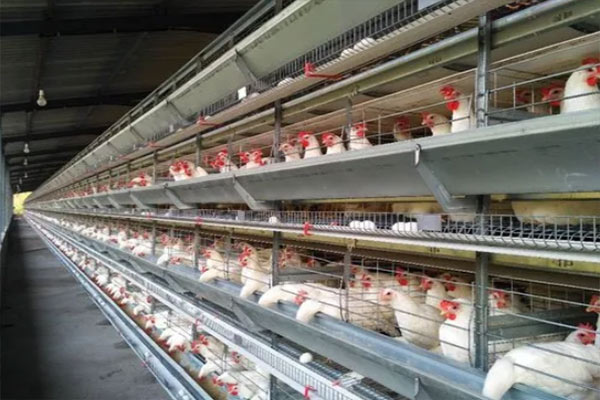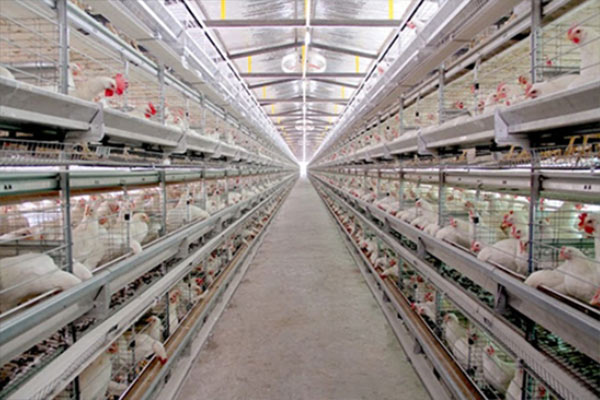In recent years, there has been a noticeable trend among poultry farmers towards using automatic chicken cages for raising chickens. This shift in preference is driven by a variety of factors that offer significant advantages over traditional poultry farming methods. Let’s explore the reasons behind the increasing popularity of automatic chicken cages among farmers.

- Enhanced Efficiency and Productivity:
High automatic chicken cages are equipped with advanced automation systems that streamline various aspects of poultry farming operations. These systems can automate tasks such as feeding, watering, egg collection, temperature control, and lighting, reducing the need for manual labor and improving overall efficiency. By minimizing human intervention and ensuring consistent management practices, high automatic chicken cages enable farmers to achieve higher levels of productivity and profitability. - Improved Health and Welfare of Chickens:
The controlled environment provided by high automatic chicken cages helps to promote the health and welfare of chickens. Automated feeding and watering systems deliver precise amounts of feed and water, ensuring optimal nutrition and hydration for the birds. Additionally, the cages provide adequate space and ventilation, reducing stress and minimizing the risk of disease transmission. By prioritizing the well-being of the chickens, high automatic chicken cages contribute to better growth rates, lower mortality rates, and higher-quality poultry products. - Enhanced Data Monitoring and Management:
High automatic chicken cages are often integrated with sophisticated monitoring and management systems that enable farmers to track and analyze key performance indicators in real-time. These systems can collect data on parameters such as feed consumption, water intake, egg production, temperature, humidity, and bird behavior. By monitoring these metrics, farmers can identify trends, detect anomalies, and make informed decisions to optimize production efficiency and address any issues promptly. - Space Optimization and Scalability:
High automatic chicken cages are designed to maximize space utilization and accommodate a large number of birds within a relatively small footprint. The modular design of the cages allows for easy installation and scalability, making it possible for farmers to expand their operations as needed. This scalability is particularly advantageous for small-scale farmers looking to increase their production capacity gradually or for larger operations aiming to maximize the use of available space. - Environmental Sustainability:
High automatic chicken cages promote environmental sustainability by minimizing resource wastage and reducing the ecological footprint of poultry farming. Automated feeding systems can deliver feed with greater precision, minimizing feed spillage and waste. Additionally, efficient manure management systems can capture and process poultry waste, converting it into valuable fertilizer or biogas. By adopting environmentally friendly practices, farmers can reduce their environmental impact and contribute to a more sustainable food production system.

In conclusion, the growing popularity of high automatic chicken cages among farmers can be attributed to a combination of factors, including enhanced efficiency, improved chicken health and welfare, advanced data monitoring and management capabilities, space optimization, scalability, and environmental sustainability. By leveraging the benefits of high automatic chicken cages, farmers can achieve higher levels of productivity, profitability, and sustainability in their poultry farming operations.